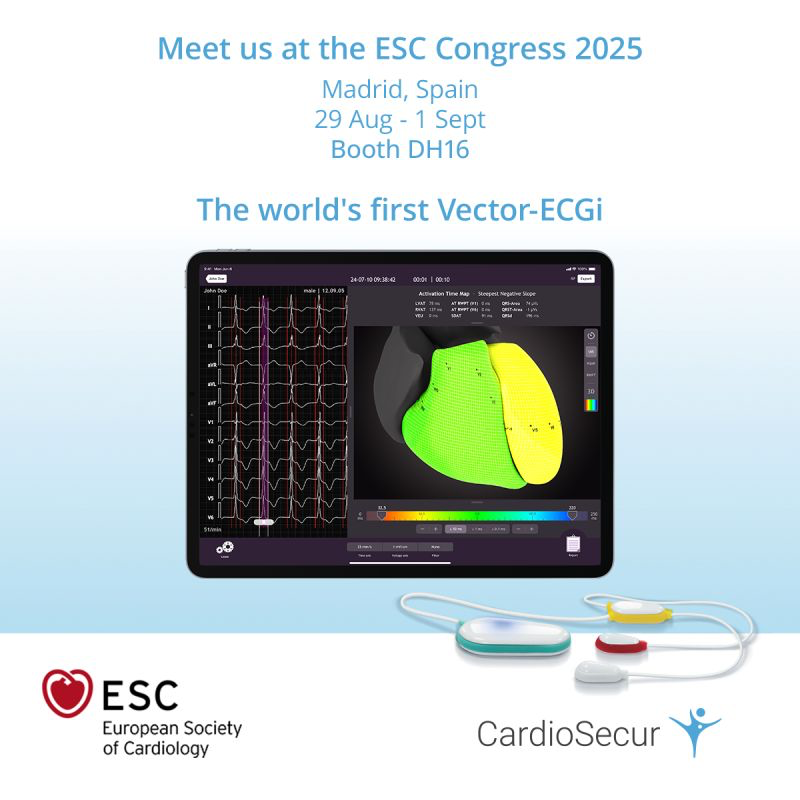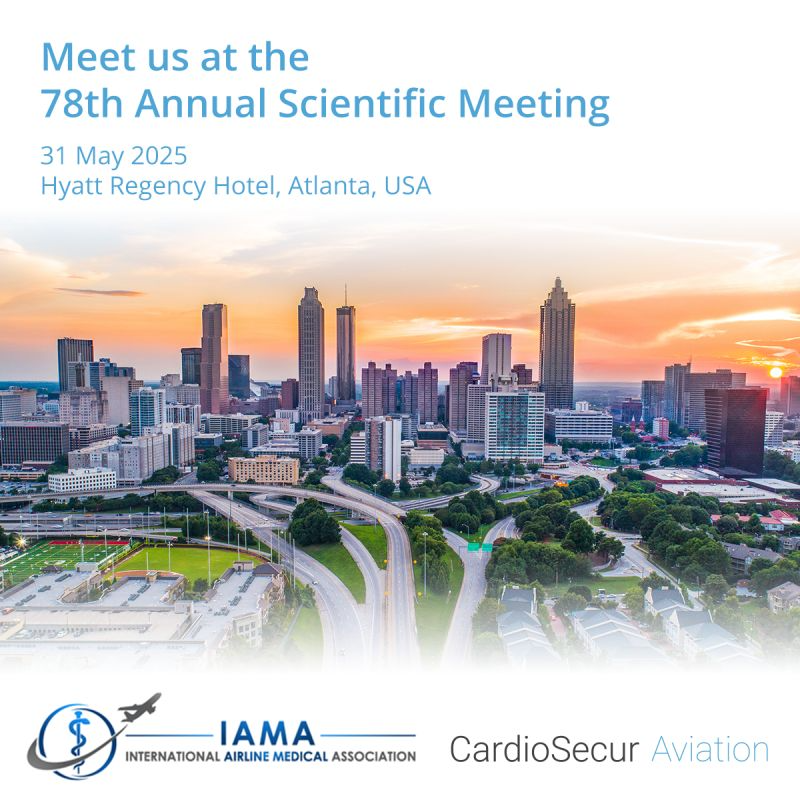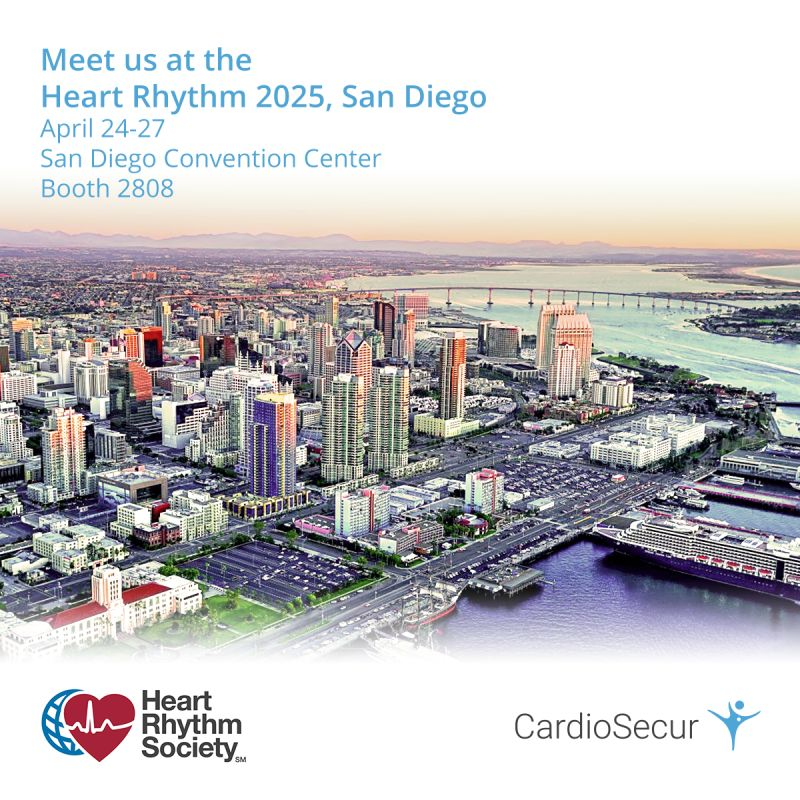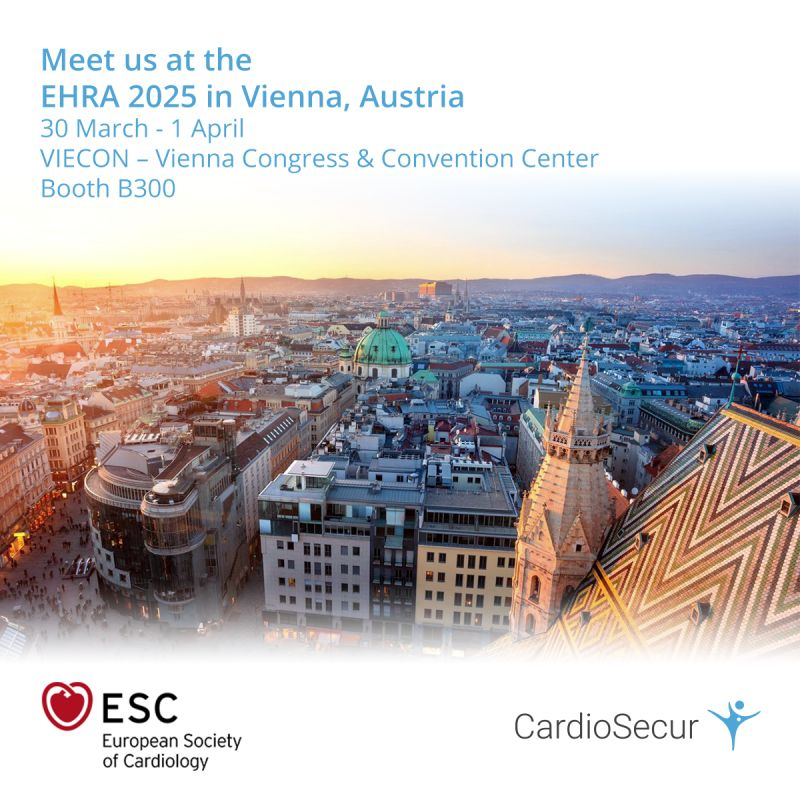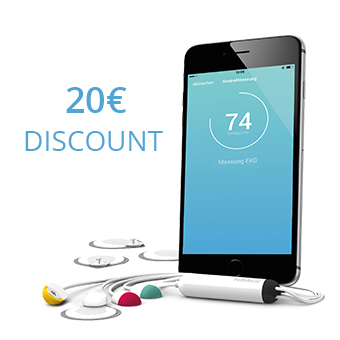
Stroke Prevention Day
May 10th, 2017
Today is “Der Tag gegen den Schlaganfall“, or Stroke Prevention Day, in Germany. This day was first created in 1999 by the German Stroke Association to create awareness about, and raise money for, stroke.
Risk Factors for StrokeThere are many risk factors for stroke, including those that we can and cannot influence.
Risk factors that we cannot control include hereditary predisposition, presence of arrhythmias, age, gender and ethnicity. However, there are many more risk factors that we can partly influence—these include: high blood pressure, high cholesterol, heart disease, diabetes mellitus, obesity, smoking and excessive alcohol consumption. Of these, hypertension is the number one risk factor for stroke. Being able to decrease your blood pressure by only a minimal amount (a 10 mm Hg decrease in the systolic blood pressure, or a 5 mm Hg decreased in the diastolic blood pressure) can cut your risk of stroke in half (http://www.ninds.nih.gov/disorders/stroke/preventing_stroke.htm).
Stroke PreventionWeight, high blood pressure, high cholesterol, heart disease and diabetes mellitus can all be influenced by making modifications to your diet, physical activity and lifestyle choices. Here are a few ways to help you lose weight and decrease your risk of high blood pressure, high cholesterol, heart disease and diabetes mellitus.
- Stop smoking
- Drink alcohol and caffeine in moderation
- Be physically active for at least 30 minutes, 5 days per week. You don’t need to be in a gym to be active—you can walk, run, bike, swim, roller skate, or dance—these activities are all good for your heart!
- Eat smart—don’t focus on the details of trendy diets—simply eating fruit, vegetables, whole grain and lean protein (and avoiding processed foods) is a good place to start!
- Take care of yourself! As the stress of daily life can build on itself, take a few minutes each day to clear your mind.
Although it is not always easy to stick to these habits, slowly incorporating small changes into your daily life can be a big help. You don’t have to change everything at once!
Another way to prevent stroke is by knowing your risk for atrial fibrillation.Atrial fibrillation is much more common than one might think—in 2010, there were over 20 million men and 12 million women worldwide with atrial fibrillation (ESC). In the US and Europe, one in four adults is expected to develop atrial fibrillation. Individuals with this disease have a five times higher risk of stroke. In a study performed by the American Heart Association, 22 percent of strokes were found to be due to atrial fibrillation. It is thought that 80% of atrial fibrillation-related strokes can be prevented (stroke.org).
Diagnosing atrial fibrillation and taking the necessary steps to prevent stroke are crucial in reducing your risk of stroke. In the “Atrial Fibrillation Impact of Stroke Executive Summary,” 3 out of 5 stroke survivors with atrial fibrillation-related stroke were unaware that they had this arrhythmia before being diagnosed with a stroke.
Dr. Steffen Christow from Ingolstadt, Germany also found similar results. He performed a subanalysis of the Global Registry on Long-term Oral Antithrombotic Treatment in Patients with Atrial Fibrillation Registry, specifically analyzing information from patients in Germany with both asymptomatic and symptomatic newly diagnosed atrial fibrillation. He found that 61 percent had few or no symptoms, and 17.8 percent had already suffered from stroke before being diagnosed with the arrhythmia; however, this was only the case for 6 percent of those with symptomatic atrial fibrillation. These results showed that approximately 2/3 of individuals in Germany with newly diagnosed atrial fibrillation have few or no symptoms. This causes this arrhythmia to be present for a long time before being diagnosed, with it often only being recognized when a stroke is found.
Once atrial fibrillation has been diagnosed, there are clear guidelines for who should receive medications to help prevent stroke. However, the difficulty lies in detecting atrial fibrillation that may have unclear or no symptoms. One hurdle is the presence of nonspecific symptoms which disappear by the time a physician has been seen. CardioSecur Active allows you to record an ECG anytime and anywhere, increasing the chances of being able to timely capture an episode of atrial fibrillation. More effective treatment can then be implemented. Read more here about how CardioSecur can help you in the setting of atrial fibrillation.
To do our part to help detect undiagnosed atrial fibrillation, thereby reducing stroke, we are offering a special discount for the month of March. Use the code STOPSTROKE in our webshop to receive €20 off the purchase of a new CardioSecur subscription.
